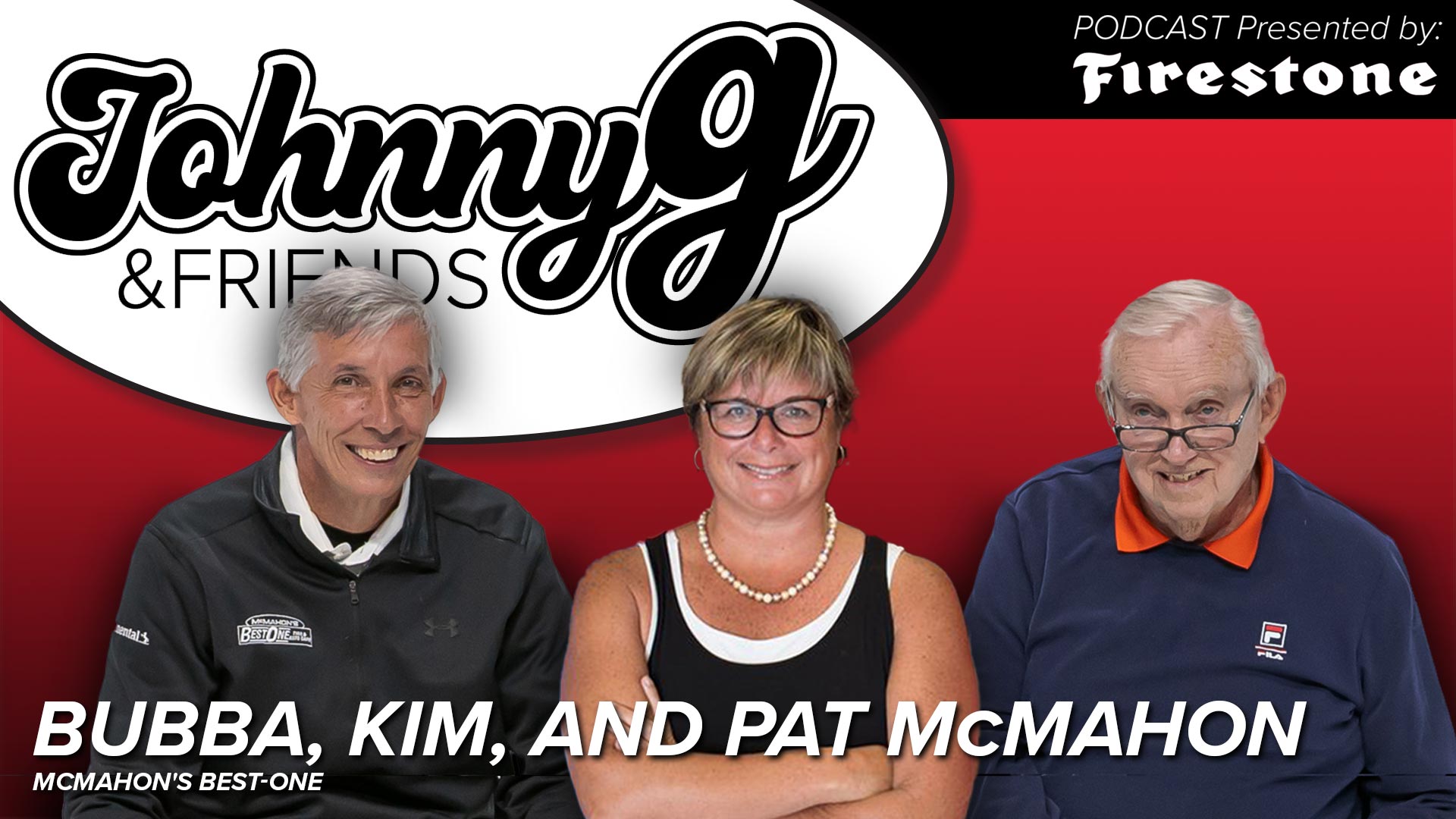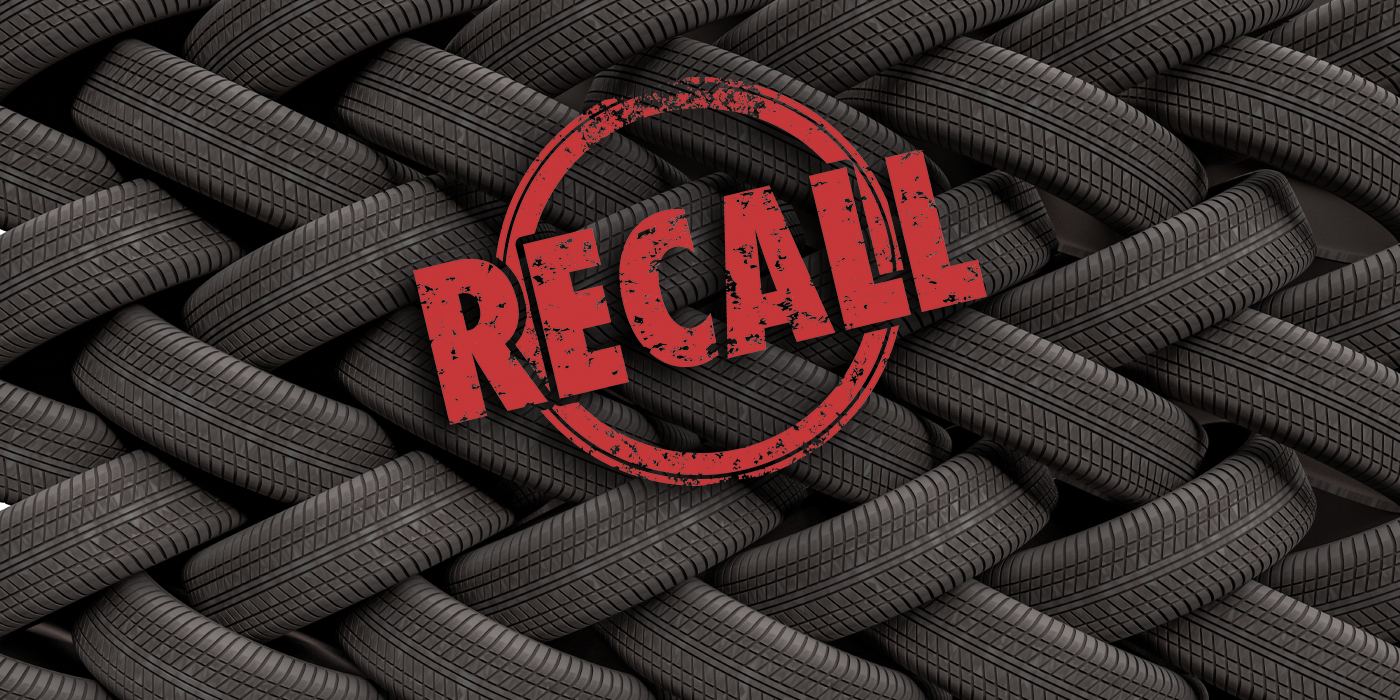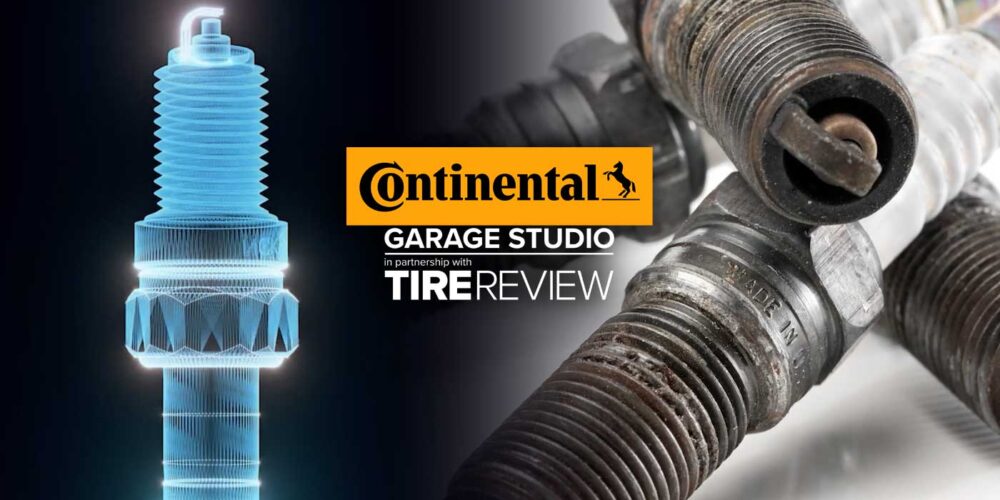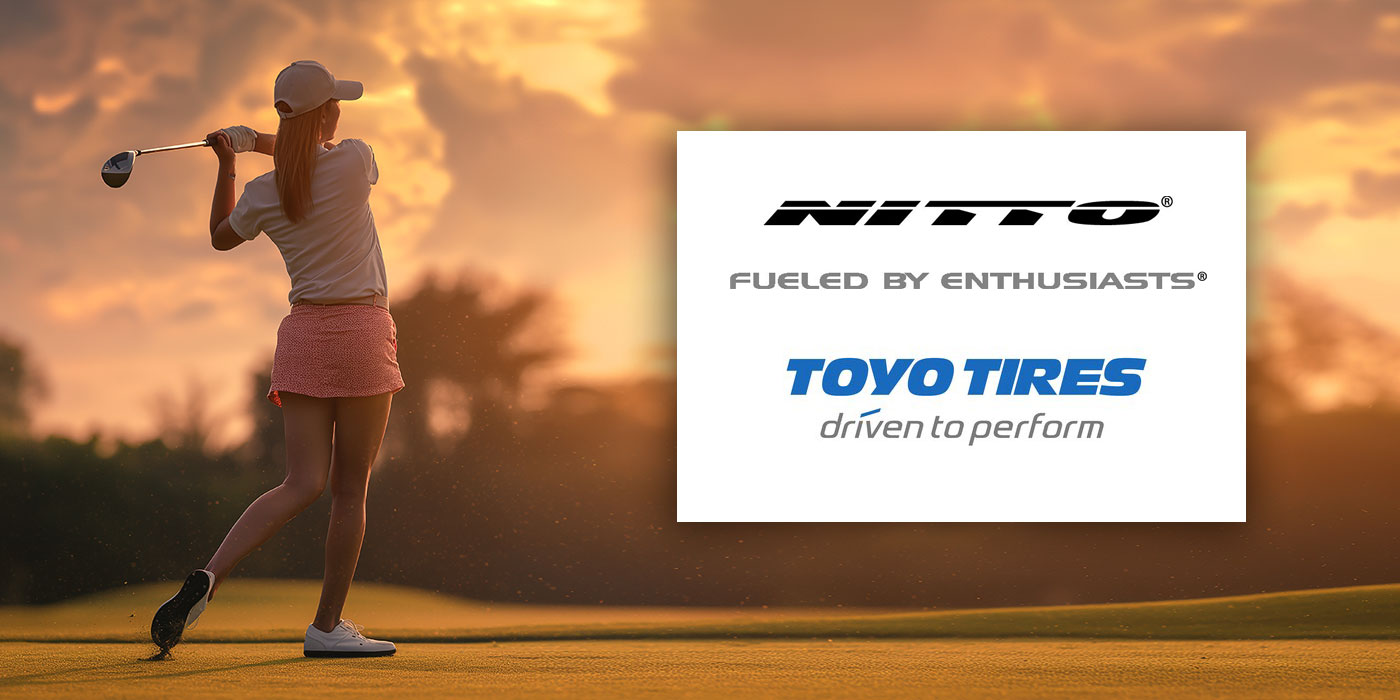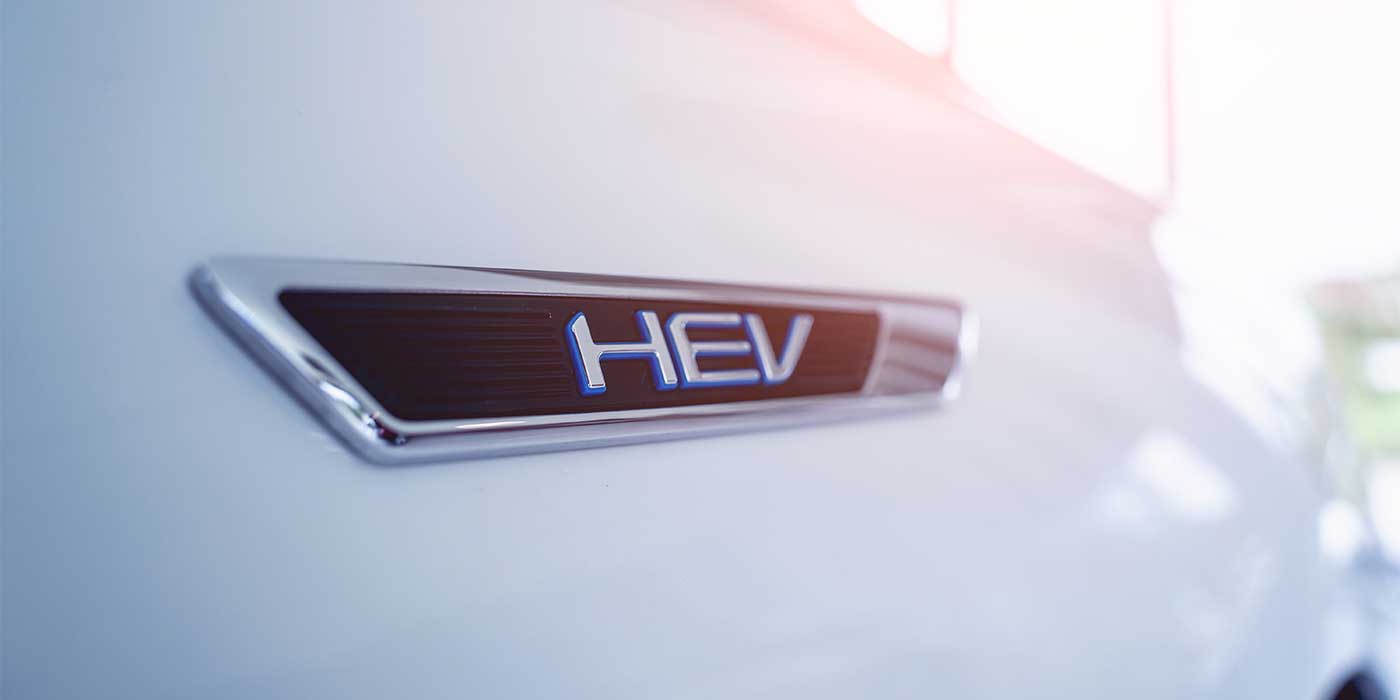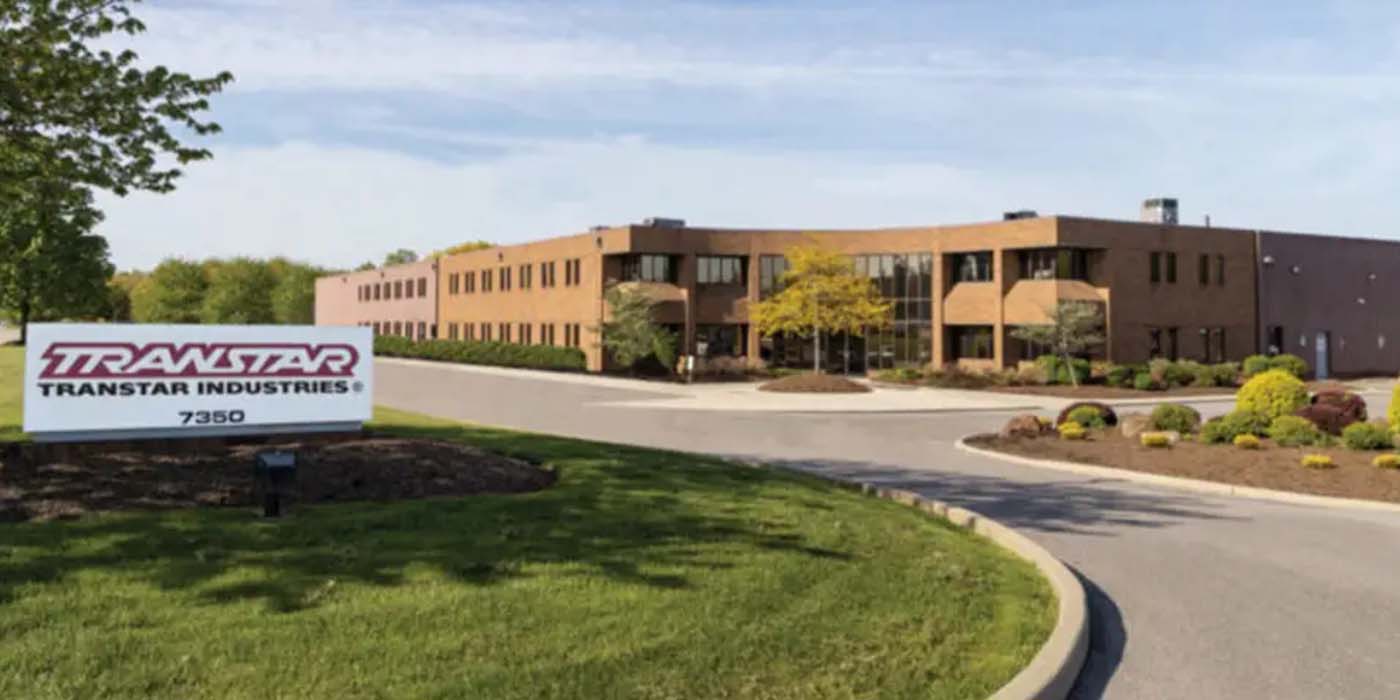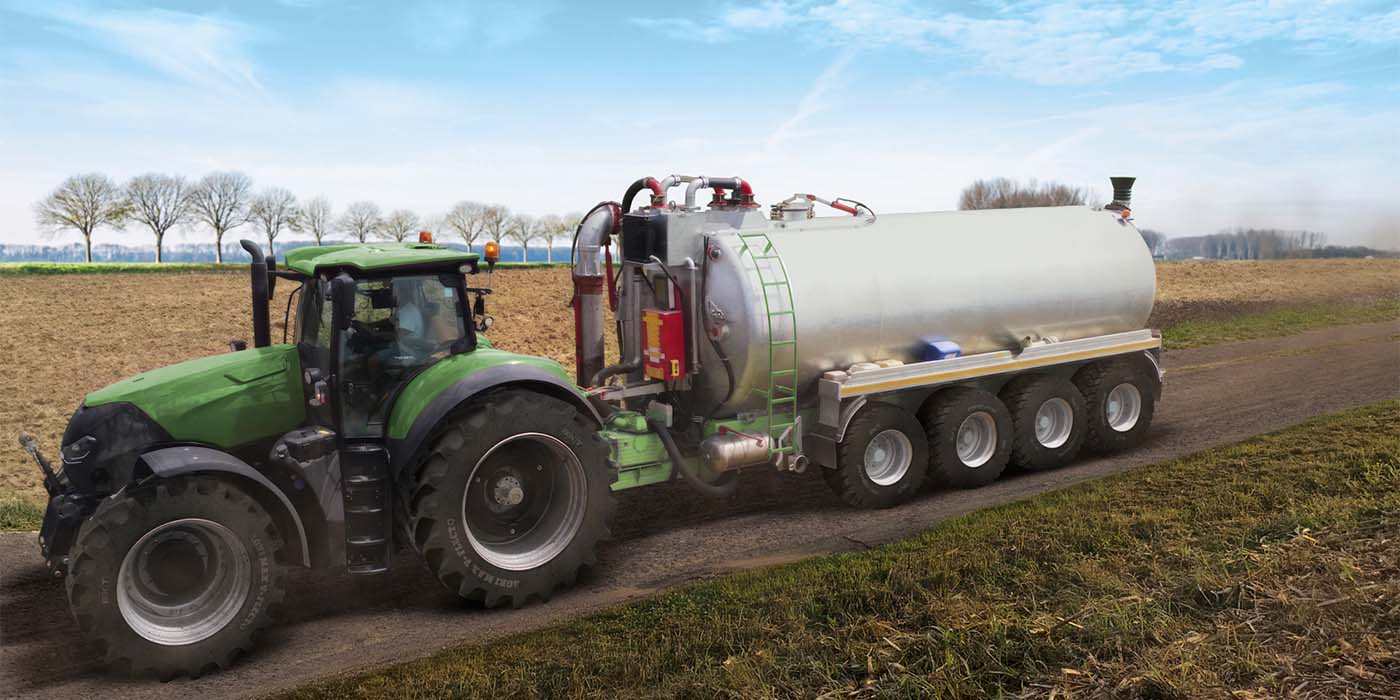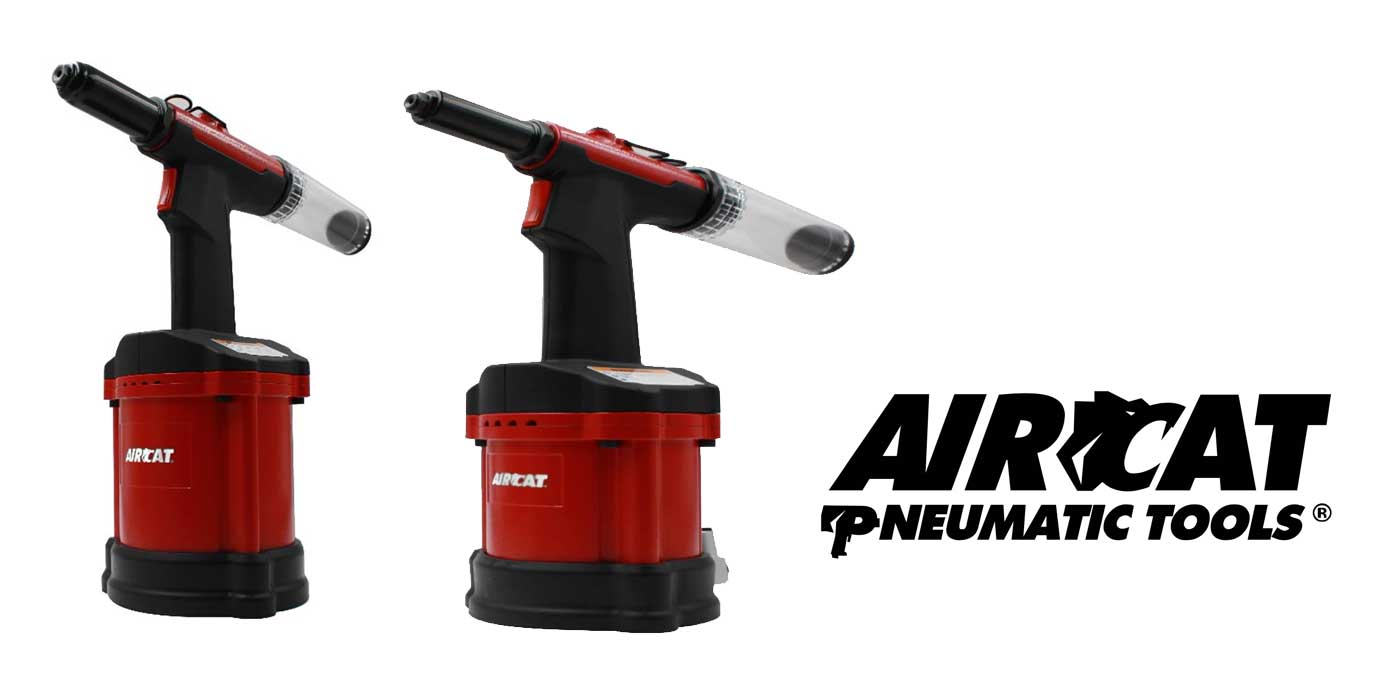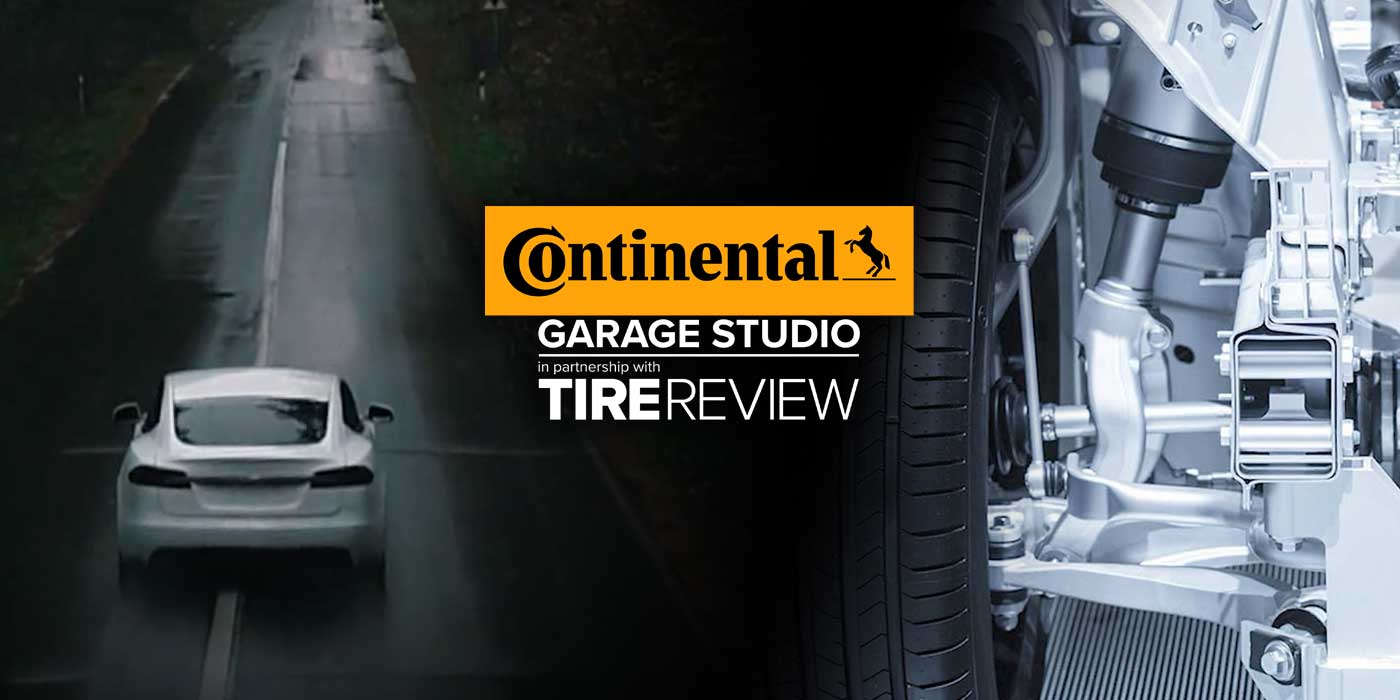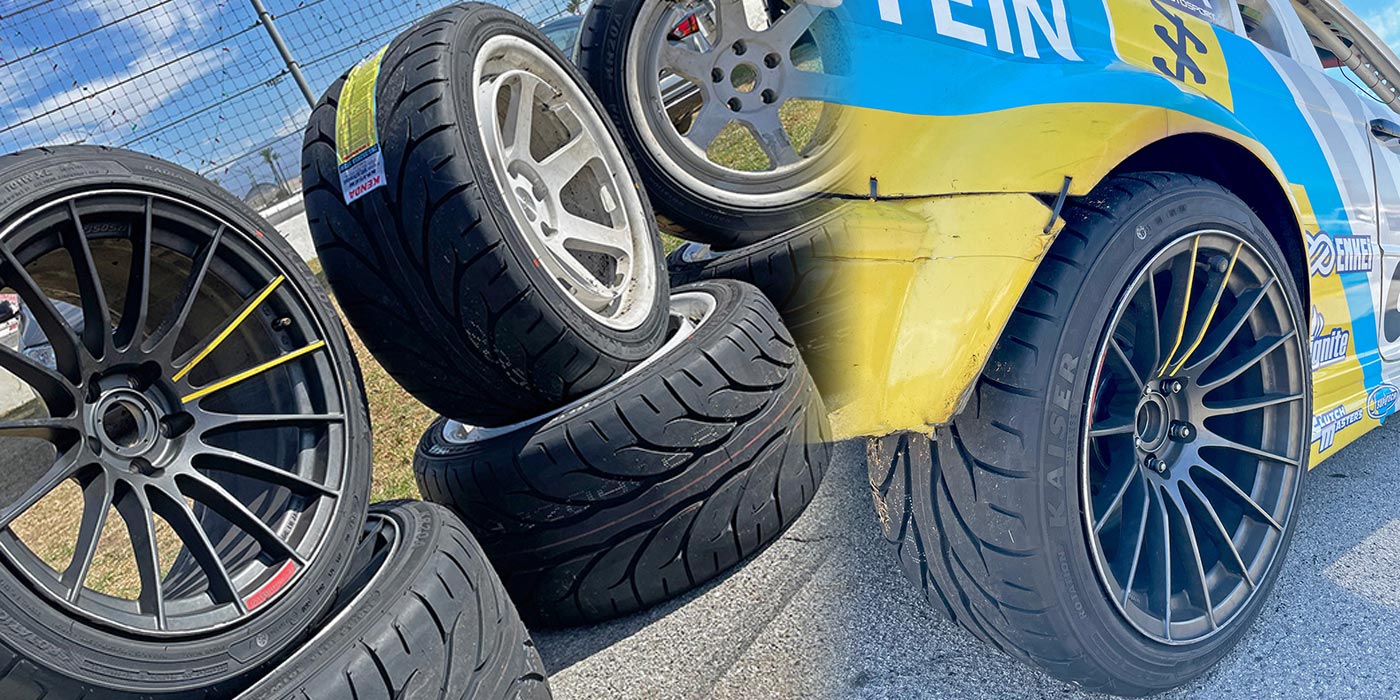The ITC’s weak 4-2 call fortariffs has the president hemmed in from all sides – anxious Chinesetrade partners, labor unions who want theirs now, and financiallystretched American consumers. And let’s not forget a vital part of theAmerican tire industry that stands to see its share slip further away.
It’sa political hot potato, and how it gets handled, cooled off anddigested has been the subject of much speculation, all of it in simpleblack-and-white terms. Yes or no, up or down. I suspect, though, thatthe answer, due on Sept. 17, will be gray as the issue is vexing.
Toquickly recap, the United Steelworkers went to the ITC complaining thatgrowing importation of Chinese-made passenger tires was costingAmerican tire plant jobs, and demanding that import levels be rolledback. Instead of limiting the number of tires allowed here, the ITCcame up with a three-tier tariff scheme – 55% the first year, 45% thesecond and 35% the third – that would effectively price thepredominantly low-price radials out of anyone’s market. Two of the sixITC commissioners saw no reason for added duties – the same two thatsaw no point to the USW’s argument – a disagreement that observerscalled “rare.” And that vote may yet have bearing.
The cold hardreality is the ITC didn’t rule based on a lot of facts; it couldn’tbecause the USW presented the thinnest of arguments, and the only realfact offered was the tire shipment data it had collected. The rest –the claims of lost jobs and closed plants and fear for the “future ofAmerican tire production” – were flag-waving attempts to shift blameaway from the cold, hard realities of 21st business and onto a moretangible and easy target: those fair-trade-hating Chinese.
Unfortunately,the ITC was forced to rule on the petition the USW filed, so all of itsflag waving was considered as “fact.” Absent input from themanufacturers – Bridgestone, Cooper, Goodyear, Continental and Michelin– who have closed plants and reduced union jobs and import tires, therewasn’t much choice.
Still, you can sense the frustration of thetwo Commissioners – Deanna Turner Okun and ITC vice chairman DanielPearson – who broke with the pack. In its press statement announcingthe tariff plan, Okun stated, “This is an industry in which the trendtoward gradual downsizing appears likely to continue regardless of thecommission’s action today. Implementing a trade restriction would befar more likely to cause market disruption than to alleviate it.”
Bythe way, Okun and Pearson plan to make personal appeals to the ObamaAdministration against any trade restrictions in this case, a highlyunusual move to say the least.
Back in April, when the USW firstfiled its argument with the ITC, I made the mistake of interpreting theunion’s move for what it appeared to be: twisting at windmills.
Eventhe USW’s rhetoric pushed me down that path. “Our domestic industriescannot survive unless our government enforces the trade laws designedto curb and dissuade anti-competitive practices that cause marketdisruptions,” USW International President Leo Gerard after the ITC’sinitial affirmative ruling. “We anticipate the remedies that will bedelivered to President Obama will allow the time necessary to rebuildthe U.S. tire industry.”
But how could one body be so blind toits own role in all of this? In the face of all that we know aboutcosts (labor and raw materials) and profitability and the state of theglobal tire industry, how could anyone expect – almost demand – thattiremakers open plants and employ union workers to produce tires thatwould deliver negative profits before the first mold closed?
No one is that crazy. Not even the Steelworkers.
Thereal truth, I suspect, is that the USW is grandstanding, making aninternational political mountain out of a domestic industry molehill,in an effort to justify its existence, to create a “look what we didfor you” moment even as its ability to leverage high wages, generousbenefits and unyielding work rules has waned under the weight oftoday’s economic reality. Unions got their men into the White House andCongress and now they want their due – or at least what they feel isowed them – even if it creates a diplomatic headache of epicproportions.
It’s easy to grab the protectionist banner whennearly double-digit unemployment threatens the fiber of an alreadytenuous economy. But that short-sighted and can be even more dangerousthan any perceived threat to a domestic market. As a colleague of mine,Kurian Abraham, editor of India’s Tyre Asia magazine, recently pointedout, “Imagine the global impact if nations of the world severelyrestrict cross-border flow of men and materials. Imagine what wouldhave happened if countries like the U.S., Japan, Germany, China andIndia has seriously regulated imports and exports. The world would havebeen much poorer in terms of resources, standards of living andtechnology.”
So, let’s say the USW gets its way and the ObamaAdministration shackles Chinese-made tires with huge duties. Who willbe the next target? Canada, which at last count shipped more lighttruck/SUV tires to the U.S. than China? What about Japan, the secondlargest importer? How many USW jobs do companies like Bridgestone,Yokohama, Toyo and Sumitomo cost? Or South Korea, the third largestimporter?
No, the USW won’t chase those countries because it’spolitical impudent. As far as the union is concerned, China is a fareasier target.
But is it? Washington has been working feverishlyto patch up trade fires with the Chinese, who depend on U.S. consumersto keep its factories churning and economy growing. This littleindustry trade dispute is not so little anymore. The tender-bits of ourtrade relationship with China are now fully exposed, awaiting yetanother swift kick. China knows it holds the upper hand in any tradediscussion. So how many more shots will it take before China startscalling in its markers?
The question here is just who doesWashington risk ticking off? China, our single largest mortgage holder?Or labor unions, like the USW, that helped get the current crop ofpoliticians elected? Or a little of both?
Or the consumingpublic – the voters who foot the tax bills and, despite dire warningsof economists, still represent the largest part of our economy? Thisgroup really doesn’t care where something was made, just what it costs.
Whatkind of political death sentence would it be for a President orcongressman to stand up and tell American consumers that they are justgoing to have to get used to paying considerably more for our bluejeans and DVD players and cell phones and tires and all that stuff –because we need to make those here?
Labor unions aren’tjust chasing tires, they’re kvetching about any production moved fromthese shores to any foreign country, yearning for Americans to buyAmerican-made products. I get that, and so do American consumers whowill gladly buy American-made goods…providing they don’t cost too much.That is our Walmart economy. That is the politics of economics.
Beit tires or t-shirts, the low-cost producers will win the day becauseAmerican consumers cannot stomach higher prices. We make faces whensomeone from Europe tells us of their $8 per gallon petrol, shaking ourheads as though, if in their shoes, we’d have somehow refuse to paysuch rates. Walmart thrived because of our insatiable desire for low,low prices. And those low priced products have to come from somewhere.
IfChina is taken out of the U.S. tire trade equation, then India willstep up. Companies like Apollo and JK and BKT are ready, willing andable. Apollo is already setting up shop in Europe. JK owns a plant inMexico. BKT has a well-respected reputation for quality products.
And if we then chase India away, Indonesia, Thailand and, if it can ever get its act together, Eastern Europe are in the wings.
Onthe sidelines are the innocent bystanders in all of this – theimporters who built successful businesses peddling China-made tires andprivate branders who saw local production whither away leaving them nochoice but to seek Chinese partners. They have kept a stiff upper lip,but the ITC’s insane tariff plan would price all of them into theground. Sure, some could shift production elsewhere, but think of thecost to move thousands of molds, transfer technology and personnel,rework shipping arrangements and negotiate new production contracts,pay off any penalties for breaking existing contracts…you get thepicture.
Over the last 10 years, private brands have steadilylost marketshare in the U.S. Their numbers were thinned when Goodyear,Bridgestone and Michelin got out of that business, and it has only beenbecause of reliable low-cost producers like their Chinese partners thatthe biggest have survived and thrived. Imagine the devastating resultif that tariff schedule is adopted? Their customers and theircustomers’ customers will not sit and wait around until otherarrangements are made. And neither will consumers, already clamoringfor low cost, quality radials.
[As an aside, despite the factits members would be significantly impacted by the ITC’s tariff scheme,the RMA has been strangely silent on the matter. Not a peep from thetrade group, not a whisper from its members. TIA, meanwhile, weighed inso late – literally two days before the ITC announced its decision onJune 19 – that one wonders if the Commission even read its position.]
So how does this play out? What is the gray I mentioned earlier?
Withouta clear mandate from the ITC (that 4-2 vote), I suspect theAdministration will come down somewhere in the middle, spreading thepain while minimizing the downside as much as possible. Go with atariff plan but make it something like a flat 10% or 15% instead of theridiculous, unwarranted multi-year 55/45/35 duty. All that does is heaphigher prices on top of higher prices, and effectively keeps this issueafire a lot longer than it needs to be.
A more reasonable tariffmeans consumers would still have access to reasonably priced tires, theChinese would be miffed but not blisteringly angry, importers andprivate branders could hold steady, and the USW would be able to claimits moral victory – the “look what we did for you” moment is relishesright now.
As I’ve said before, it doesn’t matter is the tax is5% or 500%. Not one more brick will be laid to build another broadlinetire plant on this continent. Not one more tire plant job will be won.With the ITC’s current plan, the only winners will be the next wave oflow cost producers. With something more in the gray, all the playerswill at least stay level.
If you have comments to share, send to me at [email protected].
– Jim Smith



